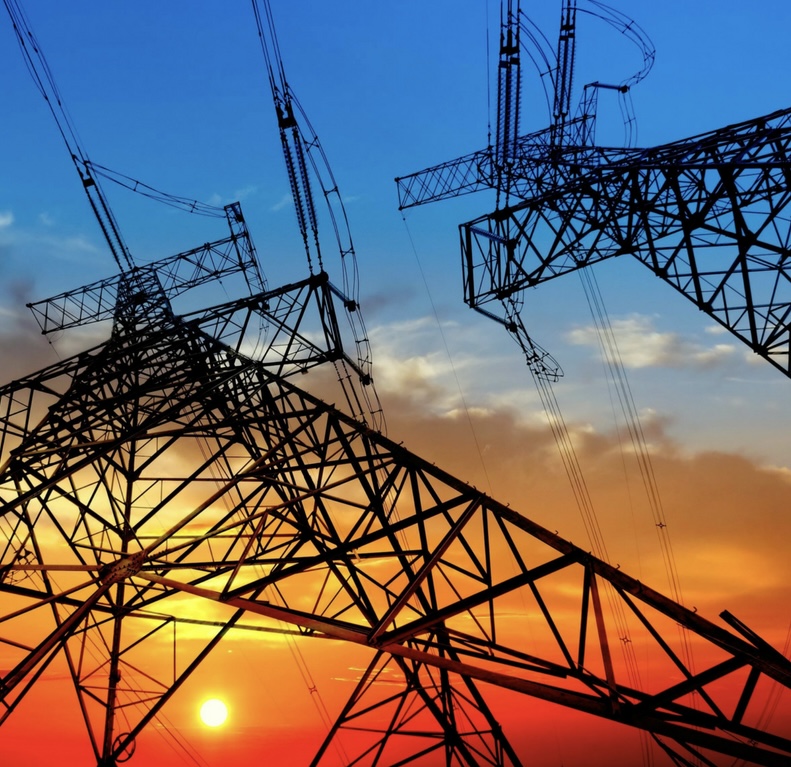Power woes in Africa’s red metal hotspot Zambia, will ease 150MW in deficit after Maamba coal plant fires into the national grid. The plant’s capacity has successfully been restored back to 300 MW following weeks of equipment maintenance that lengthened load management hours to 12 hours daily. The restoration of power generation by default narrows the Southern African nations power bottleneck to 470 MW from an earlier 620 MW reducing the energy rationing period to 8 hours from an earlier 12 hour plan daily.
READ ALSO: Amidst Energy Crisis, Zambia’s Head of State Courts Maamba Coal and Kariba Plants
Zambia’s energy crisis has been induced in part by climate risk factors that have exacerbated dam level plummeting at the worlds largest man-made lake, the Kariba. The copper producer’s dependence on hydro for power generation exceeds 88%. The Southern African nation has dithered between attracting power investment and successfully completing energy reforms to help with tariff cost reflectivity. These efforts nonetheless, have taken longer than expected. The red metal producer remains in the labyrinth of a debt quagmire with independent power producers leading to disincentivization of potential power players from expanding capacity profitably.
The latest development by Maamba Collieries is deemed as a successful intervention by the Head of State Hakainde Hichilema following a visit to the power plant after an emergency stakeholders meeting was convened at state house barely a fortnight ago. Zambia’s power needs are expected to widen 95% by 2049 according to a green paper by the Energy Market Regulatory Consultants of the United Kingdom hired to conduct an Africa Development Bank funded cost of service study.
Amidst a debt crisis post International Monetary Fund bailout assistance, energy poverty will only worsen the country’s fiscal posture and constrain growth. Power investment remains critical for the copper producer as it seeks to triple its red metal output to 3 million metric tons in a decade. Zambia requires the right legislation, policy and tariff structure to attract the right investment.
Most recently Zambia signed a memorandum of understanding and joint development agreement with the United Arab Emirates that will see the national power utility ZESCO partner with MASDAR, a key investment funding entity to joint – venture in developing large scale solar projects across Zambia at a cost of $2billion. This project upon completion will add 2,000MW to the grid.
The Kwacha Arbitrageur

